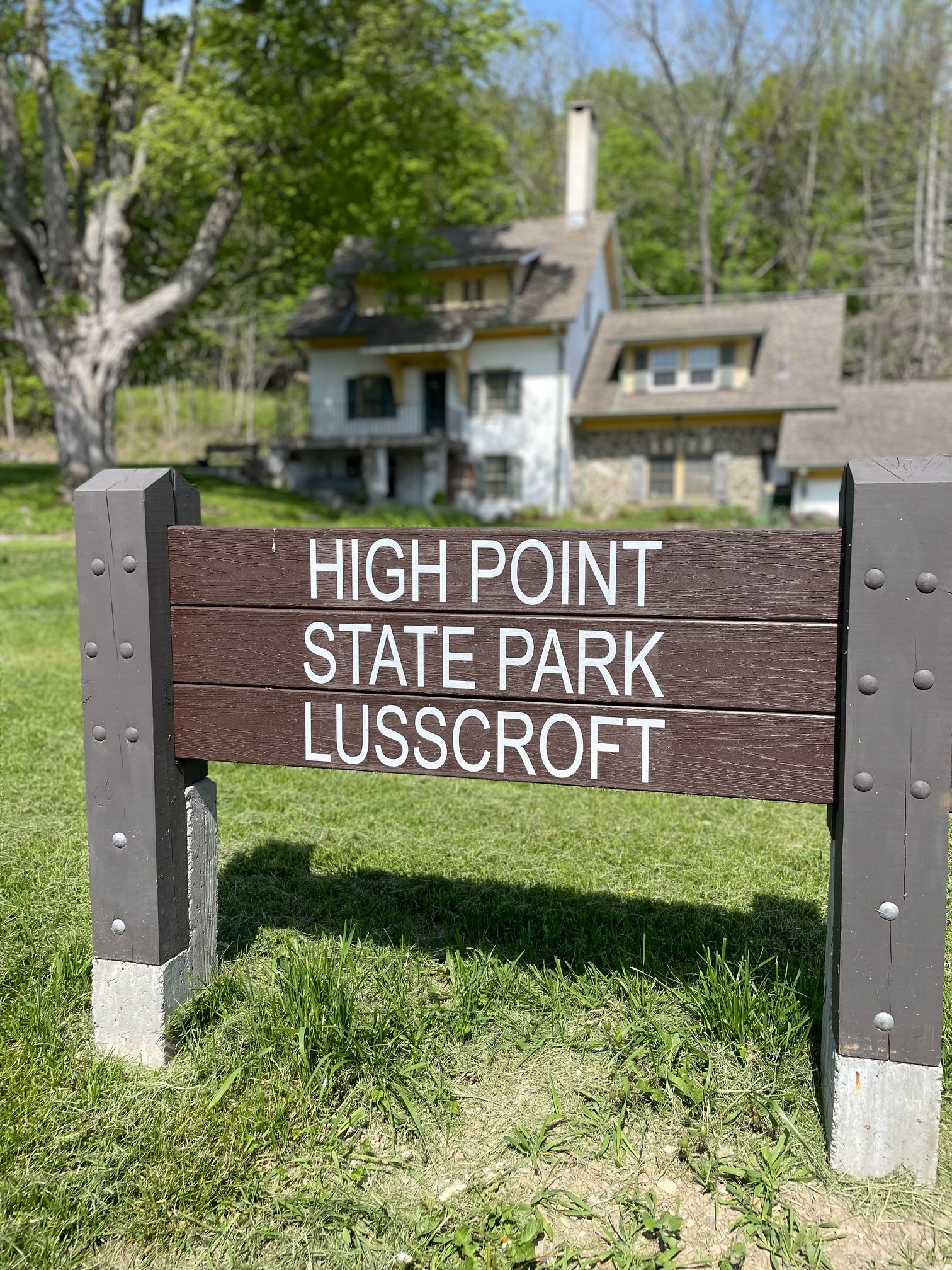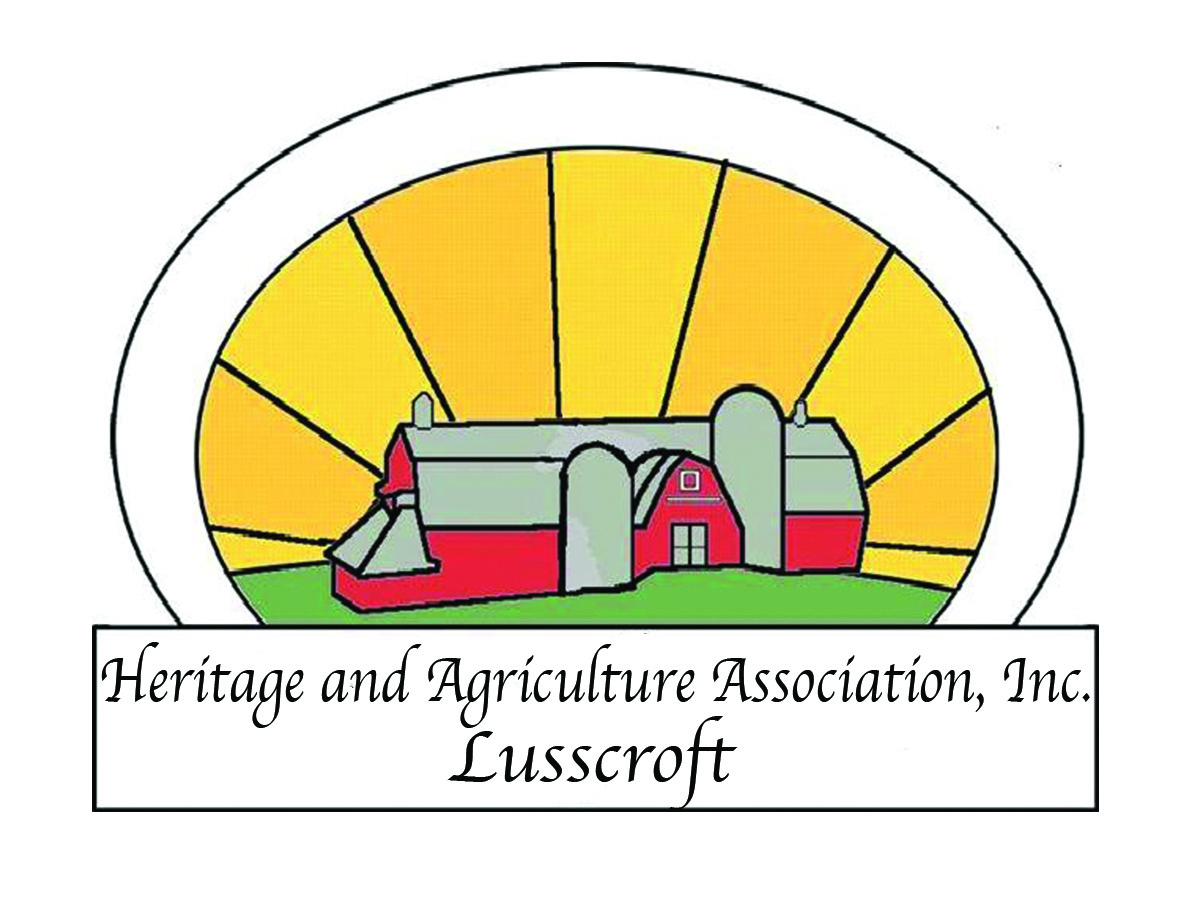
On the headwaters of the West Branch of the Papakating Creek, atop a line of volcanic rock, some 440 million years old sits a rarity. On 578 acres in Sussex County, New Jersey, we find Lusscroft. This farm of diverse history was purchased by prosperous Wall Street Broker James Turner in 1914. He spared no expense to develop the farm as a perfect model of a dairy farm. He took his ‘gentleman farmer’ role very seriously, stocking the best in livestock, machinery, buildings and seed. He utilized the most modern conveniences, including electrification. A head of 230 Guernsey cows was the best in the area.
Mr. Turner spent vast amounts of money improving Lusscroft, from his dairy herd and other stock, including poultry, to buildings, orchards and gardens. There were five orchards and two gardens.
In 1928 he enclosed the west piazza to the mansion and added the stone garden grotto and viewing deck as well as the large root cellar in the rear.
Outlook Lodge was built up on the ridge for Mr. Turner’s brother in 1930 as a hunting lodge. Timbers were reclaimed from 25 area barns and houses for the construction.
In 1931, James Turner deeded his farms, including Lusscroft, to the State of New Jersey for the promotion of agriculture and education. This included 250 head of Guernsey and Holstein cattle as well as horses, tractors and farm machinery.
Lusscroft then became the “James Turner Institute for Animal Research” aka the New Jersey Agricultural Experiment Station. The dairy research farm experimented with feeds, artificial means of hay drying, forage crops and different kinds of fertilizers and limes to improve pastures and crops. New methods for milking were used.
Approximately 40,000 people visited the Dairy Research Farm in its first twenty-five years of operation. Graduate students from Rutgers came to the farm to work on advanced degrees.
Research in genetic improvements in dairy herds yielded benefits felt worldwide. Careful breeding and efficient feeding and management of dairy cows resulted in significant increases in production (up by as much as 59%). The farm is recognized for its role in developing and organizing artificial insemination in America.
The facility was changed to the 4-H Youth Center for Outdoor Education, opening in 1973 with 900 campers. The camp continued until its closing in 1996 because of declining enrollment and maintenance expenses.
The administration and management of Lusscroft Farms was transferred from Rutgers University to the New Jersey Department of Environmental Protection and the State Agriculture Development Committee on January 22, 2002.
Today the farm is administered by High Point State Park. The Heritage and Agriculture Association (H&AA), is working to stabilize and then restore the buildings and grounds of this agriculturally significant gem. The goal of this nonprofit group (formed in 2000) as stated in a Memorandum of Understanding with the NJDEP, is to create and maintain an agricultural heritage center with emphasis and opportunities for education in outdoor recreation, historical interpretation, heirloom gardening, forestry, maple sugaring, equine trails, and all phases of farming.

